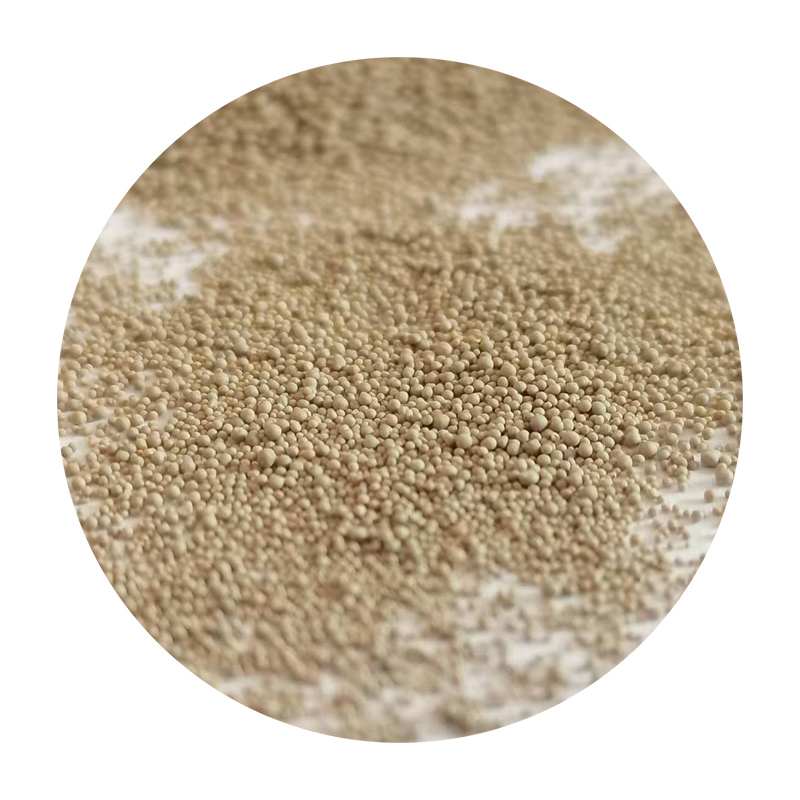The Art of Sanding a 3D Print A Step-by-Step Guide
3D printing has revolutionized the way we create and manufacture items, allowing for the production of intricate designs and prototypes directly from digital models. However, one of the challenges that comes with 3D printing is the visible layer lines and imperfections that can mar the aesthetic appeal of your finished piece. Sanding a 3D print is an essential post-processing technique that can significantly enhance the surface finish of your models, making them smoother and more visually appealing. In this article, we will explore the process of sanding a 3D print, the tools you will need, and some useful tips to achieve the best results.
Why Sanding is Necessary
Most 3D prints exhibit noticeable layer lines due to the nature of the printing process, where material is added layer by layer. These lines can be particularly pronounced in prints made from FDM (Fused Deposition Modeling) printers, which are the most common type. Sanding helps to reduce the visibility of these layers and can also fix minor defects, such as uneven surfaces or stray filament. Ultimately, a well-sanded print can look professional, transforming your 3D creation into a polished final product.
Tools and Materials Needed
Before you start sanding, gather the necessary tools and materials. You will need - Sandpaper Start with coarse grit (e.g., 80-120) for initial sanding, followed by medium grit (e.g., 220-400) and finishing with fine grit (e.g., 600-1000). - Sanding block or sponge These help maintain even pressure and provide a smoother finish. - Water or a spray bottle (optional) Wet sanding can reduce dust and improve results, especially on plastic prints. - Dust mask and goggles Protect yourself from the fine particles created during sanding.
The Sanding Process
1. Preparation Begin with a clean workspace and ensure that your 3D print is free from dust and debris. Examine the print for any defects or areas that may require extra attention.
sanding a 3d print

2. Coarse Sanding Start with the coarse sandpaper to remove the most noticeable layer lines and imperfections. Use even, circular motions, applying moderate pressure. Be careful not to sand too aggressively, as you may remove too much material.
3. Medium Sanding Once the major flaws are smoothed out, switch to medium grit sandpaper. This will help refine the surface further. For larger surfaces, consider using a sanding block for a more uniform finish.
4. Fine Sanding Finally, move on to fine grit sandpaper. This step is crucial for achieving a smooth finish. Wet sanding is a beneficial technique at this stage; it minimizes dust and enhances the sanding process.
5. Cleaning After sanding, make sure to clean the surface of the print to remove any dust or residue. You can use a soft cloth or rinse it lightly with water if you’ve used wet sanding.
6. Final Touches If desired, you can apply a primer before painting or sealing the print. This step can help in achieving an even better finish by filling in any remaining imperfections.
Conclusion
Sanding a 3D print is a critical step for anyone looking to elevate their models from basic prints to polished pieces worthy of display. Although it requires time and patience, the results can be truly rewarding. By following the steps outlined above and using the right tools, you will be well on your way to mastering the art of sanding and enhancing your 3D printed creations. Whether you're a hobbyist or a professional, investing the effort in post-processing can make all the difference in the quality of your final product. So, gather your materials and get sanding—your next masterpiece awaits!
Post time:Dec . 14, 2024 01:02
Next:ceramic sand price
